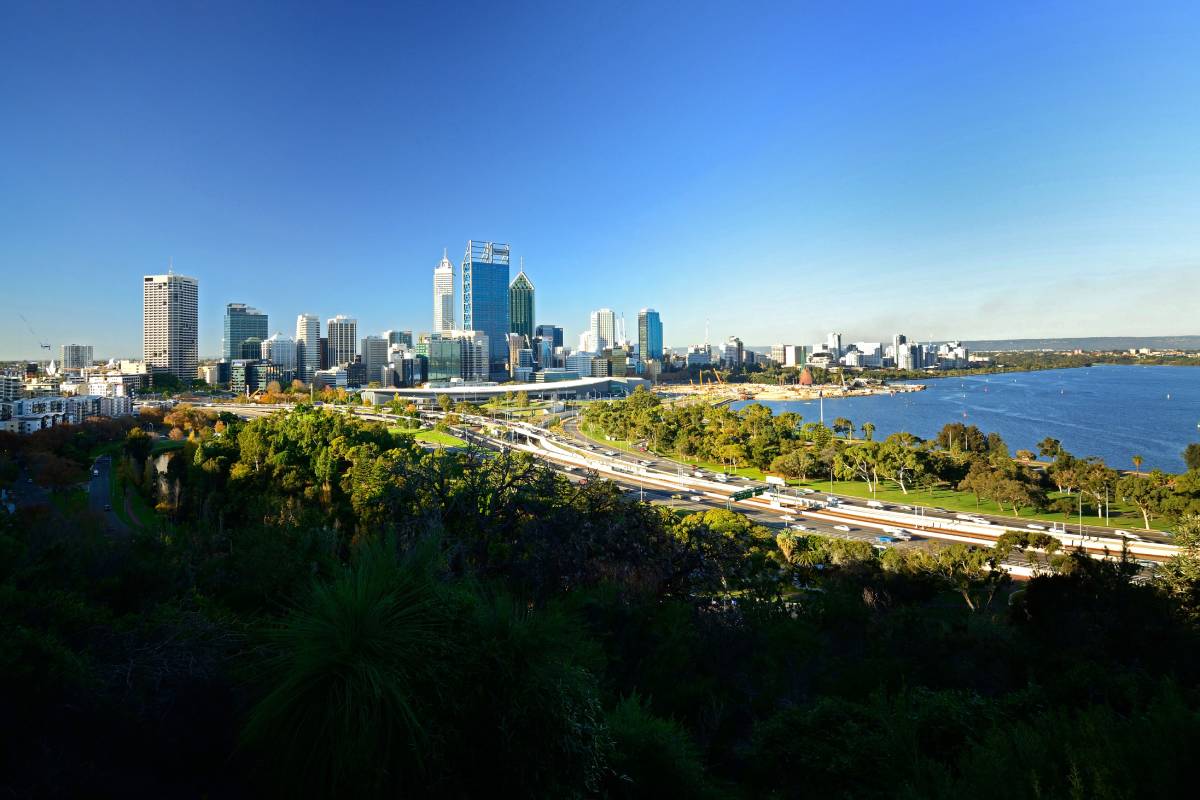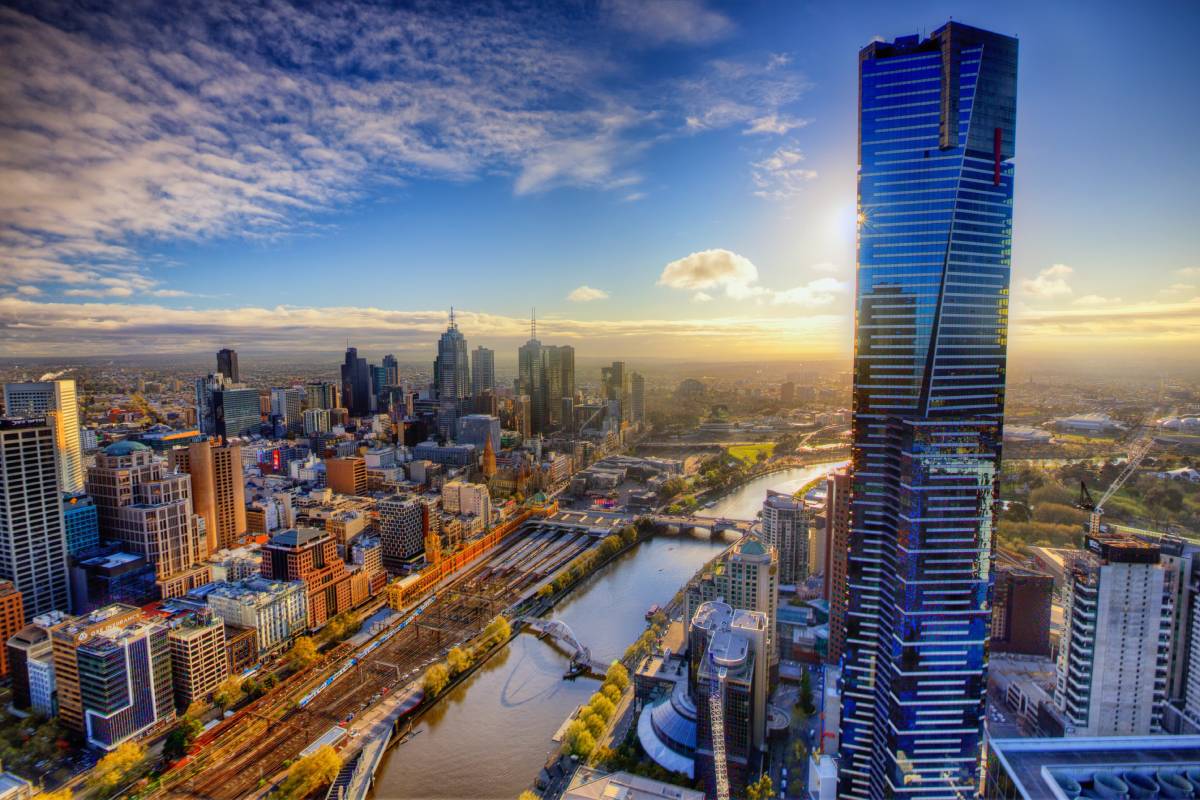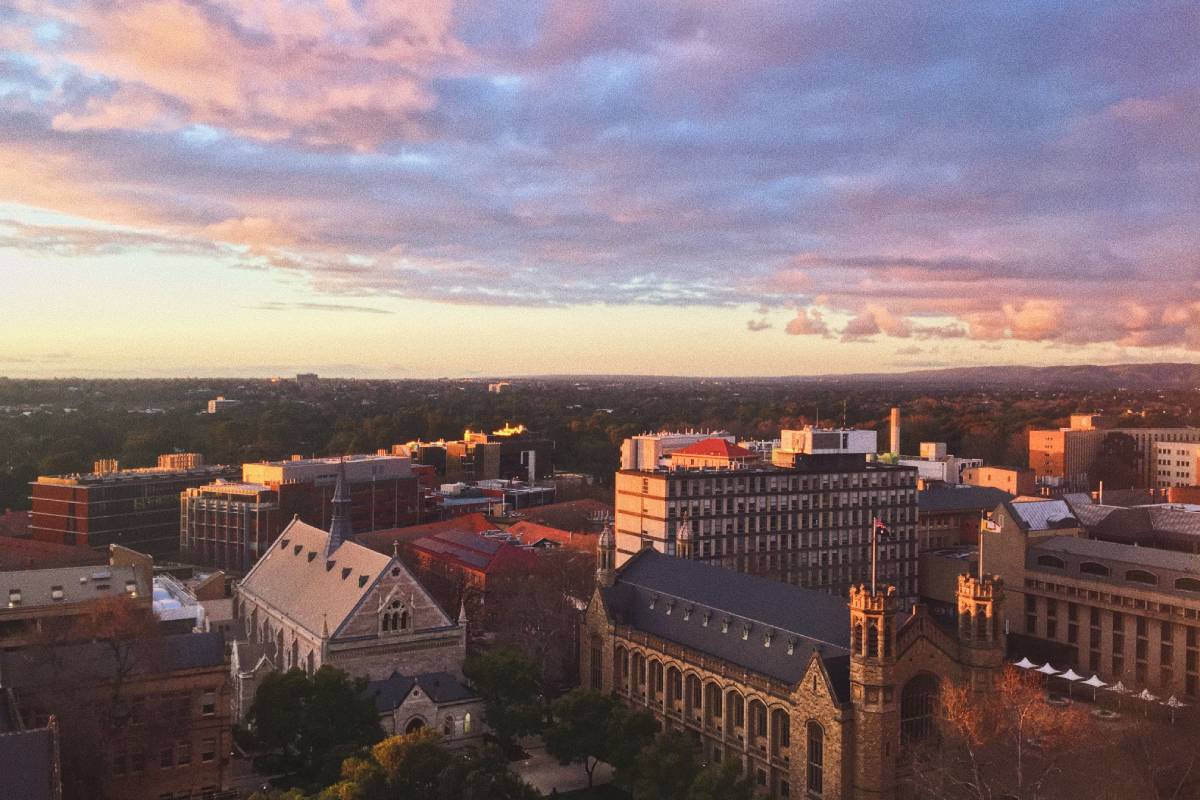
What’s the best time to visit Perth? What’s the best time to visit Sydney? What’s the best time to visit Melbourne? What’s the best time to visit Adelaide?
Choosing the best time to visit Perth depends on your preferences and what you want to experience. Perth, the capital city of Western Australia, enjoys a Mediterranean climate, meaning it generally has warm and dry summers, and mild, wet winters. Let’s break down the seasons to help you decide when to plan your trip.
1. Summer (December to February): Perth’s summer, spanning from December to February, is the hottest time of the year. If you love basking in the sun and enjoying outdoor activities, this is the ideal season for you. With temperatures ranging from 25 to 35 degrees Celsius (77 to 95 degrees Fahrenheit), it’s perfect for beach lovers and those who enjoy water sports. Just be prepared for the occasional heatwave.
2. Autumn (March to May): Autumn, from March to May, offers milder temperatures and less crowded attractions. The weather remains pleasant, with temperatures ranging from 15 to 25 degrees Celsius (59 to 77 degrees Fahrenheit). This season is excellent for exploring the city, parks, and nearby wine regions.
3. Winter (June to August): Winter in Perth, from June to August, is cooler and brings some rainfall. While temperatures range from 8 to 18 degrees Celsius (46 to 64 degrees Fahrenheit), it’s still a comfortable time to visit. Winter is perfect for exploring cultural attractions, enjoying local cuisine, and attending events like festivals and concerts.
4. Spring (September to November): Spring, from September to November, marks the beginning of warmer weather, with temperatures ranging from 11 to 23 degrees Celsius (52 to 73 degrees Fahrenheit). This season is ideal for nature lovers, as wildflowers bloom, and outdoor activities become more inviting.
What’s the best time to visit Sydney?
Choosing the perfect time to visit Sydney hinges on your preferences and the kind of experience you’re seeking. Sydney, Australia’s vibrant and iconic metropolis, experiences a temperate climate throughout the year. Let’s break down the seasons to help you decide when to plan your visit.
1. Summer (December to February): Sydney’s summer, spanning from December to February, is synonymous with warmth and energy. With temperatures ranging from 20 to 30 degrees Celsius (68 to 86 degrees Fahrenheit), it’s the ideal time for beachgoers and outdoor enthusiasts. The city comes alive with festivals, events, and a buzzing atmosphere. Just be mindful of the higher tourist numbers during this peak season.
2. Autumn (March to May): Autumn, from March to May, introduces milder temperatures and a more relaxed ambience. With temperatures ranging from 15 to 25 degrees Celsius (59 to 77 degrees Fahrenheit), it’s a pleasant time to explore Sydney’s parks, gardens, and cultural attractions. The city experiences fewer crowds, making it an excellent choice for a more tranquil visit.
3. Winter (June to August): Sydney’s winter, from June to August, brings cooler temperatures but remains mild overall. With temperatures ranging from 8 to 18 degrees Celsius (46 to 64 degrees Fahrenheit), it’s a great time for exploring indoor attractions, attending theatre performances, and enjoying Sydney’s diverse breakfast and culinary scene. While rainfall is more common, it rarely disrupts plans.
4. Spring (September to November): Spring, from September to November, heralds the return of warmer weather and blooming landscapes. Temperatures range from 11 to 23 degrees Celsius (52 to 73 degrees Fahrenheit). This season is ideal for outdoor activities, including exploring Sydney’s coastal walks, attending outdoor events, and enjoying the city’s vibrant springtime atmosphere.
What’s the best time to visit Melbourne?
Determining the best time to visit Melbourne involves considering the city’s diverse climate and your personal preferences. Melbourne, known for its artsy vibe and cultural richness, experiences four distinct seasons, each offering a unique charm. Let’s explore the seasons to help you decide when to plan your Melbourne adventure.
1. Summer (December to February): Melbourne’s summer, spanning from December to February, is characterized by warm temperatures ranging from 14 to 25 degrees Celsius (57 to 77 degrees Fahrenheit). This season is perfect for outdoor activities, festivals, and exploring the city’s parks and gardens. Keep in mind that this is a popular time for tourists, so expect a livelier atmosphere.
2. Autumn (March to May): Autumn, from March to May, brings cooler temperatures and a delightful display of colourful foliage. With temperatures ranging from 10 to 20 degrees Celsius (50 to 68 degrees Fahrenheit), it’s an excellent time to enjoy the city’s parks, take scenic walks, and experience Melbourne’s cultural events. This season offers a more relaxed and less crowded ambience.
3. Winter (June to August): Melbourne’s winter, from June to August, brings cooler temperatures, averaging between 6 to 14 degrees Celsius (43 to 57 degrees Fahrenheit). While it might be chillier, it’s an ideal time for cultural exploration, indoor activities, and enjoying the city’s renowned culinary scene. Don’t forget to attend events like Melbourne’s Winter Festival for a cosy and festive experience.
4. Spring (September to November): Spring, from September to November, marks the return of milder temperatures, ranging from 10 to 20 degrees Celsius (50 to 68 degrees Fahrenheit). This season is characterized by blooming flowers and a sense of renewal. It’s a fantastic time for exploring Melbourne’s gardens, attending outdoor events, and embracing the lively atmosphere that comes with spring.
What’s the best time to visit Adelaide?
Determining the optimal time to visit Adelaide involves considering the city’s climate and the type of experience you desire. Adelaide, the capital of South Australia, boasts a Mediterranean climate with warm summers, mild winters, and pleasant transitions between seasons. Let’s explore the different seasons to help you decide when to plan your visit.
1. Summer (December to February): Adelaide’s summer, spanning from December to February, brings warm temperatures ranging from 17 to 29 degrees Celsius (63 to 84 degrees Fahrenheit). If you enjoy outdoor activities, festivals, and a lively atmosphere, summer is the perfect time to visit. Just keep in mind that this is the peak tourist season, so popular attractions may be busier.
2. Autumn (March to May): Autumn, from March to May, welcomes milder temperatures and a colourful transformation of the city’s landscapes. With temperatures ranging from 12 to 23 degrees Celsius (54 to 73 degrees Fahrenheit), it’s an ideal time for exploring Adelaide’s parks, attending cultural events, and enjoying a more relaxed atmosphere. The autumn foliage adds a picturesque touch to your visit.
3. Winter (June to August): Adelaide’s winter, from June to August, brings cooler temperatures, ranging from 8 to 16 degrees Celsius (46 to 61 degrees Fahrenheit). While it’s the coldest time of the year, it’s still relatively mild compared to some other regions. Winter is a great time for exploring indoor attractions, attending arts and theatre events, and savouring South Australia’s culinary delights.
4. Spring (September to November): Spring, from September to November, marks the return of warmer temperatures, ranging from 11 to 23 degrees Celsius (52 to 73 degrees Fahrenheit). This season is characterized by blooming flowers and a sense of renewal. It’s an excellent time for outdoor activities, exploring the city’s botanical gardens, and attending spring festivals.



